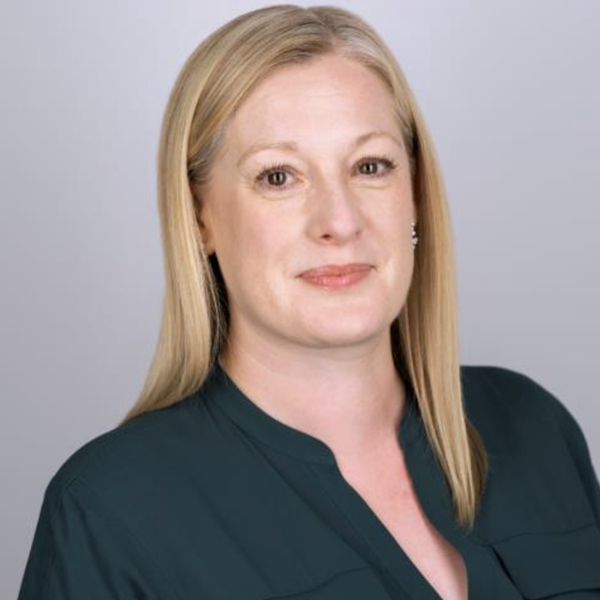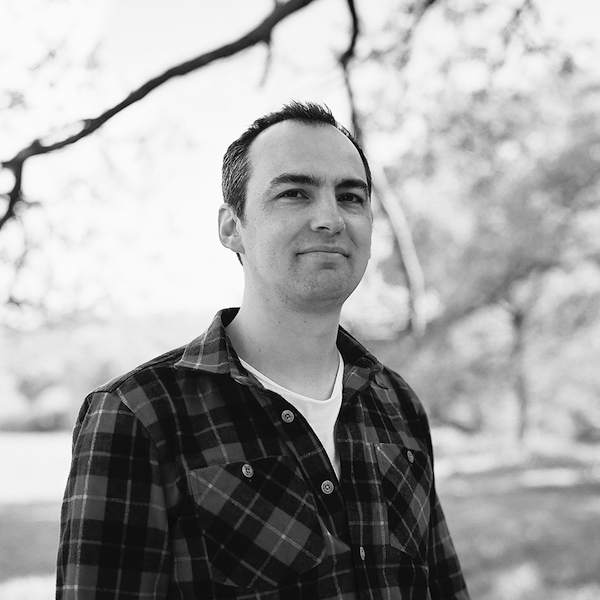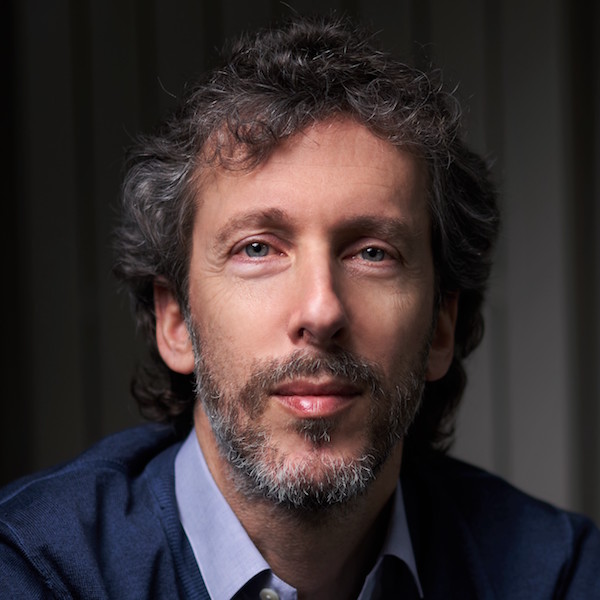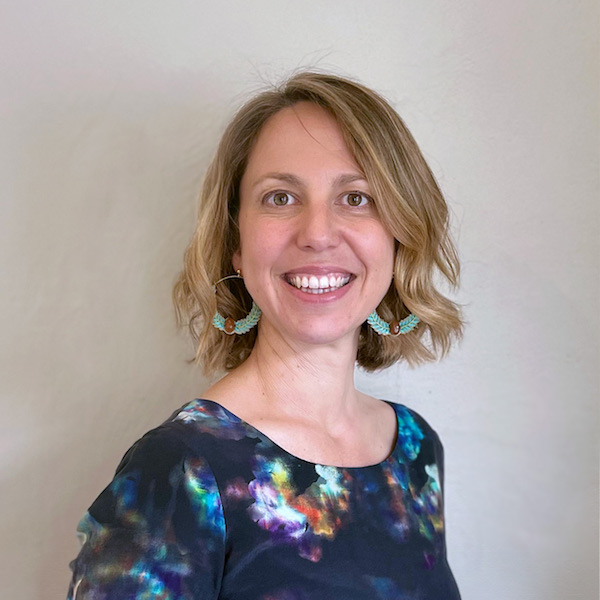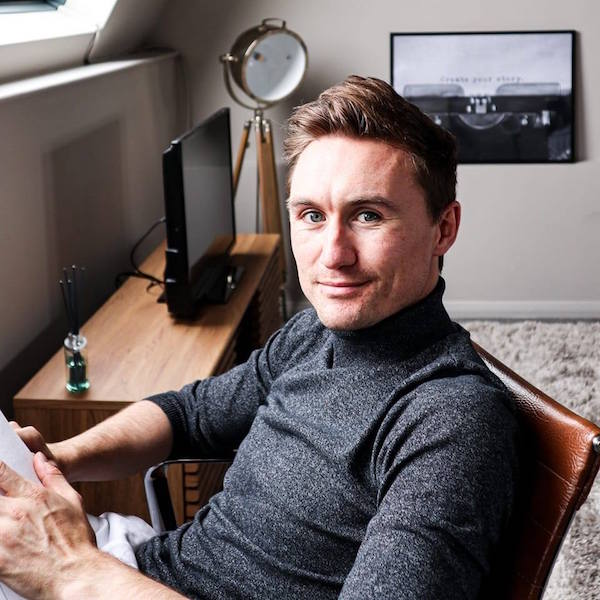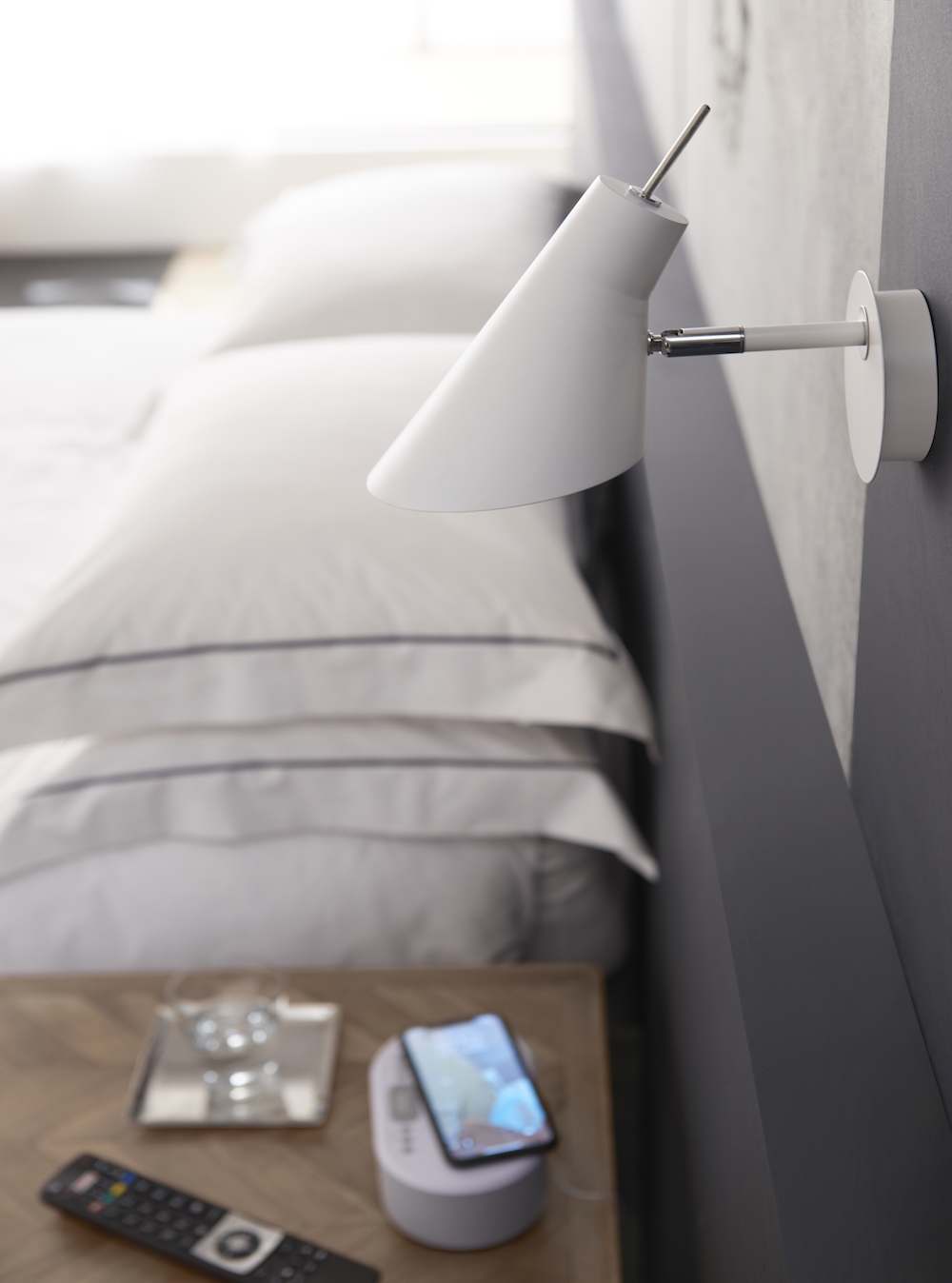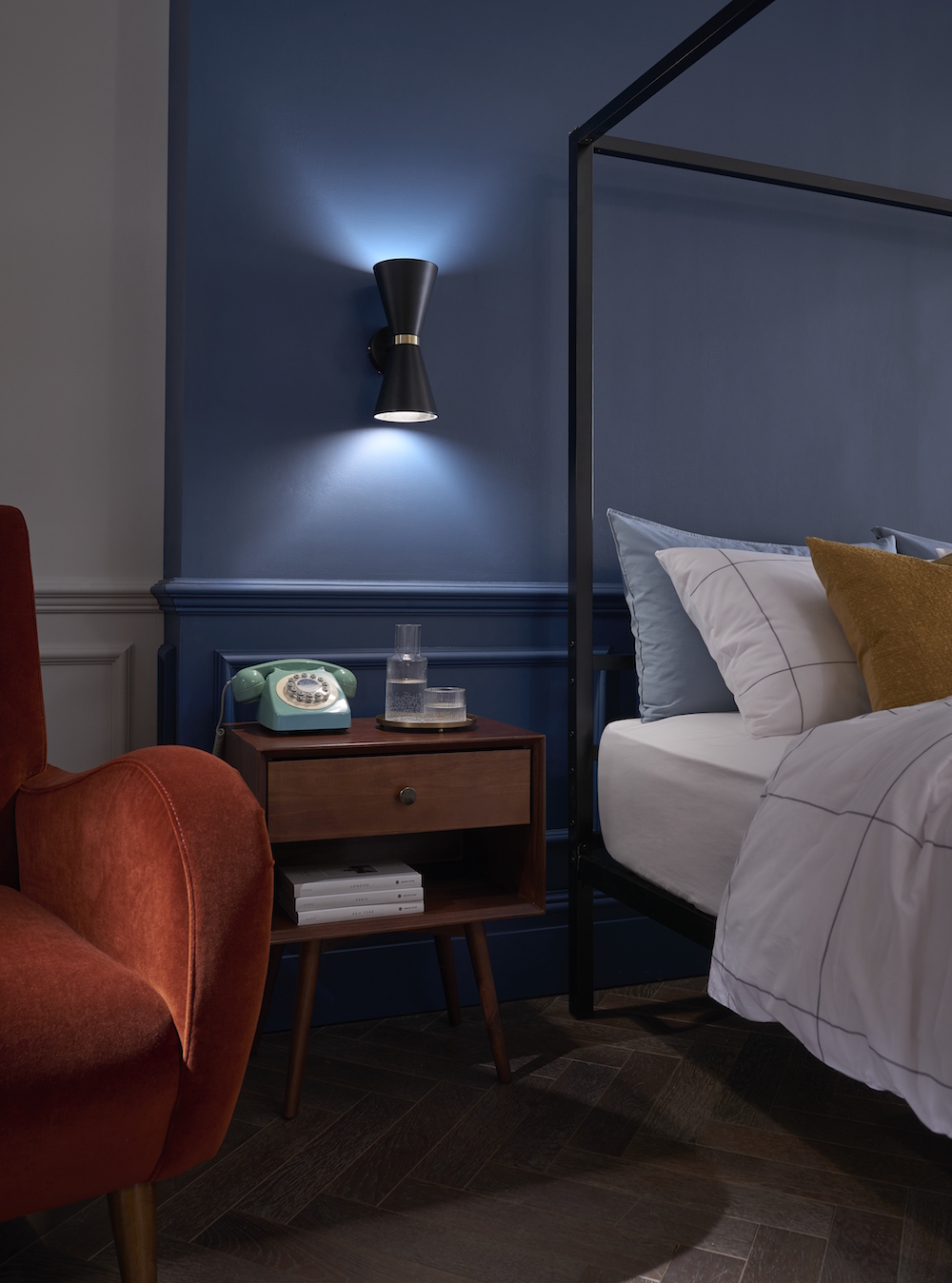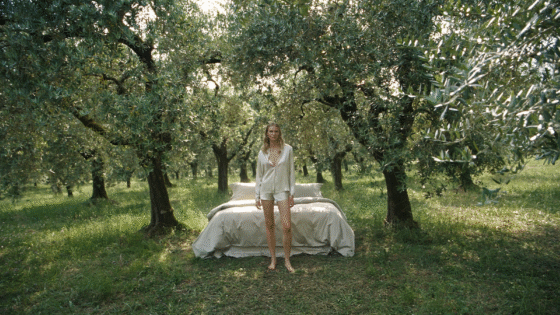In late May, 2021, Hotel Designs invited a handful of designers and hotel experts to speak at a virtual roundtable on sleep performance, in association with Silentnight Group. Editor Hamish Kilburn, who moderated the session that naturally turned into a masterclass, writes…
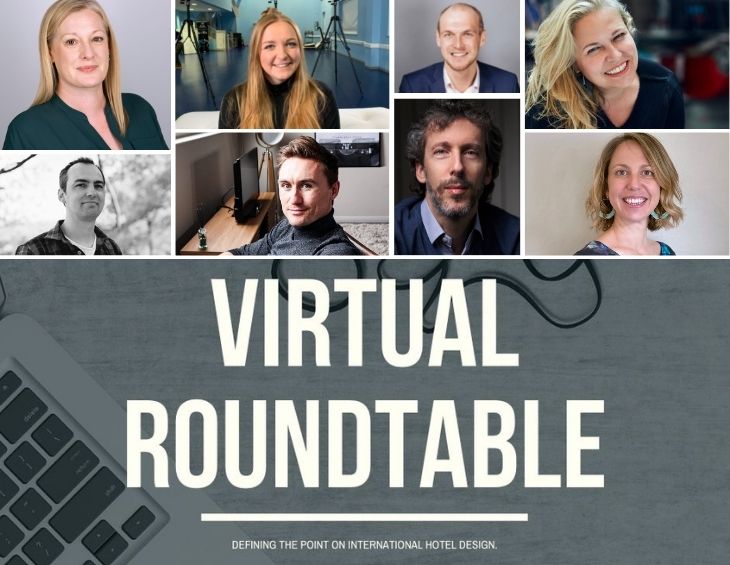
In a recent article exclusively published on Hotel Designs, Hannah Shore, sleep expert at Silentnight Group, shared an ‘experts guide on the science of a good nights’ sleep’. In this article, she explored the optimum environment to enhance the best sleep performance, which included looking at temperature, lighting and comfort – or ‘TLC’ as she puts it.
Following this insightful piece, it felt natural for us to extend an invitation out to a cluster of designers and hospitality experts to explore with the professionals at Silentnight Group, the science of sleep.
Key panelists
- Ariane Steinbeck, Managing Director, RPW Design
- Emma King, Head of Design (EMEA), IHG
- Jeremy Grove, Managing Director, Sibley Grove
- Daniel Englender, Managing Director, Benjamin West
- Hannah Shore, Sleep expert at Silentnight Group
- Joanna Knight, Founder, Joanna Knight Interiors
- Hamish Kilburn, editor, Hotel Designs
- Frank Esmeijer, Director of Hotel Openings and Transitions Process, YOTEL
Also on the panel:
- Angela Moran, Product Strategy Director, Silentnight Group
- David Lawrenson, Sales Director, Silentnight Group
Hamish Kilburn: Angela, could you just kick us off please with a bit more context on Silentnight Group and what the brand is currently working on from a product perspective…
Angela Moran: Where do I start? Silentnight Group is celebrating its 75th anniversary this year. We’re the leading consumer brand in the UK and the largest bed manufacturer in the UK. We mainly operate out of our site in Barnoldswick in England and we also have a partnership with Comfy Bedding – and we can do a whole sleep package with them including air filtration systems within the bedroom.
Sustainability is one of our pillars at the brand, and one of my deep passions in my role. We are really pleased that we make all of our products in the UK and 70 per cent of our raw materials are also come from the UK and many are within two hours of our HQ.
In terms of product design, our key principles are:
- Comfort – looking at how we can offer the best nights’ sleep
- Cleanliness – everything from antiviral treatments
- Durability – we want our products to stand the test of time without a decrease in comfort
- Sustainability – we do a lot of work in this area. One area we are really focused on is recycling. We have a 97 per cent recycle rate.
In all the research that goes in during product development, we are always balancing those four areas.
- Image credit: Silentnight Group
- Image credit: Silentnight Group
HK: Jeremy, given your expertise in this area around sustainability – assembly to dissemble mind-set on all your projects – how difficult has it been in the past with beds at the end of their life cycle?
Jeremy Grove: We think about that in relation to every product and beds were a problem. Over the last two or three years we have started to find solutions. I think it’s something like 13 million mattresses go to landfill every year. Currently, it’s very limited to what’s out there, but I do see that changing.
Joanna Knight: I think it’s very important. We are working on a large project at the moment where we are changing out 614 beds and mattresses and we are very keen not to send the old products to landfill – and we are working with Silentnight Group on how we best do this.
Emma King: Hygiene and materiality are both so important right now. And by that I mean the whole sleep experience, what is happening when it comes to recycling duvets etc. From a brand point of view, the first thing to be removed when Covid-19 hit was the soft furnishings and cushions because everyone, it seems, wants a clean, white bed right now. I believe the consumer will want to be more informed, from now on, about where materials have come from and what they are sleeping on.
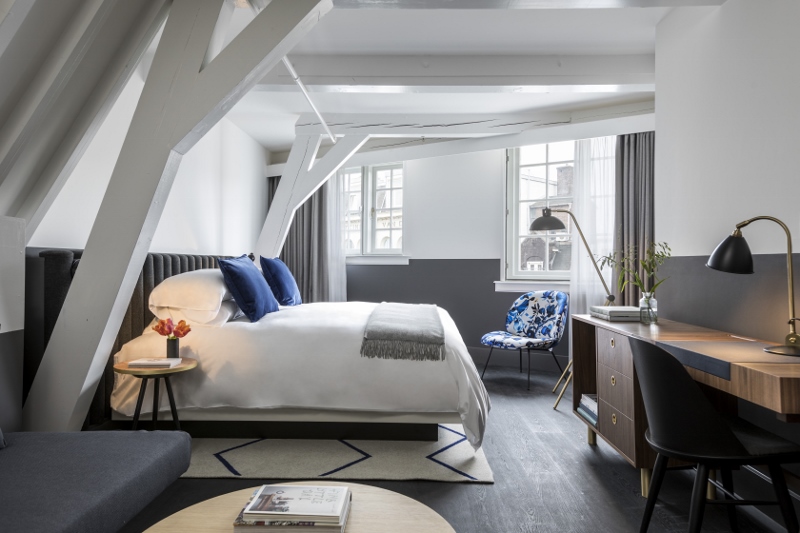
Image credit: Kimpton DeWitt Amsterdam Hotel. Interior Design. Photography. Laure Joliet
HK: Does what bed and mattress you specify change depending on where the project is geographically?
Ariane Steinbeck: To a certain extent, yes. Interestingly, we find that the Asian market prefers to specify a firmer mattress. I remember travelling in mainland China not so long ago and wherever we stayed in a non-internationally branded hotel the mattress was rock solid!
Frank Esmeijer: At YOTEL, we call our rooms ‘cabins’ and we believe they are very unique. The bed in each of our cabins takes a leading role. Our model is very different, and our bed has to have the functionality to fold up.
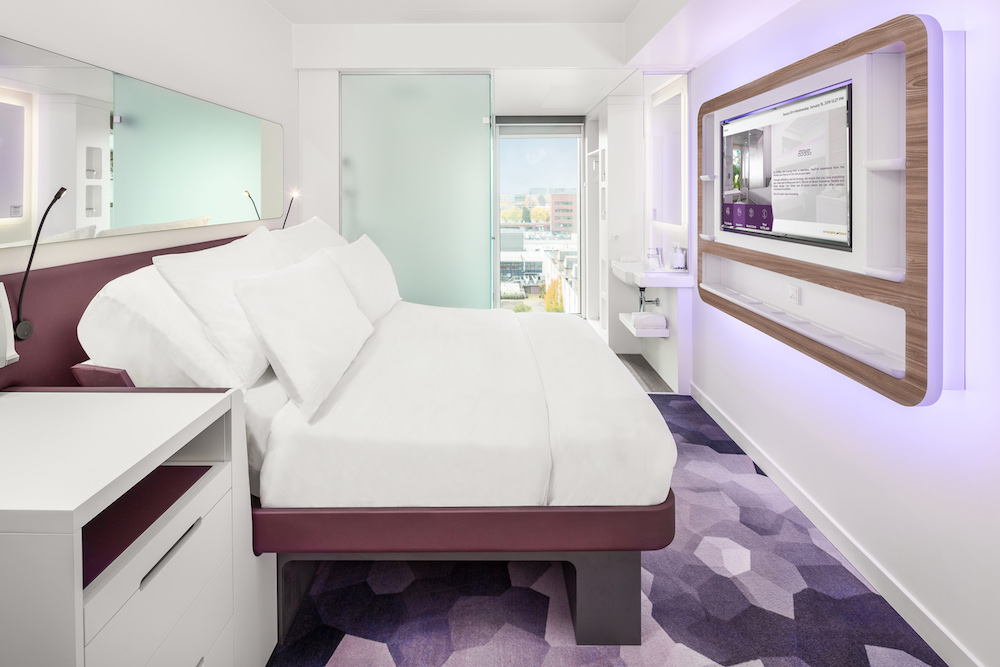
Image credit: YOTEL
HK: So often when we future gaze to what the hospitality and hotel design landscape might look like in the future, the bed is often depicted as something out of a sci-fi movie. And yet we today are grounding the conversation around materials and sustainable methods. Where do you then draw the line between what’s a gimmick and what’s meaningful?
AS: I try to stick to the science and when I am travelling, I would like things to be simple and clean. If we are working with someone independently and we have more of a voice on what gets specified, all the information available is very helpful as decisions are easier to make when they are informed. Personally, I want to know whether or not sleeping on material that is ‘natural’ is better for you…
HS: We always have this argument over natural vs synthetic. Every material that goes into a mattress has its pros and its cons. Natural materials, for example, have really great thermal regulatory properties and are extremely breathable. However, the downsides to natural materials include that they might settle a bit more and generally be less durable. On the other side, synthetic material is probably more durable but does not offer as good breathability. So, as you can hear, it all just completely depends what the end consumer wants.
“The reason why polyester is such a valuable material is that it is arriving as someone else’s’ waste and is approved by the Global Recycled Standards (GRS).” – Angela Moran, Product Strategy Director, Silentnight Group.
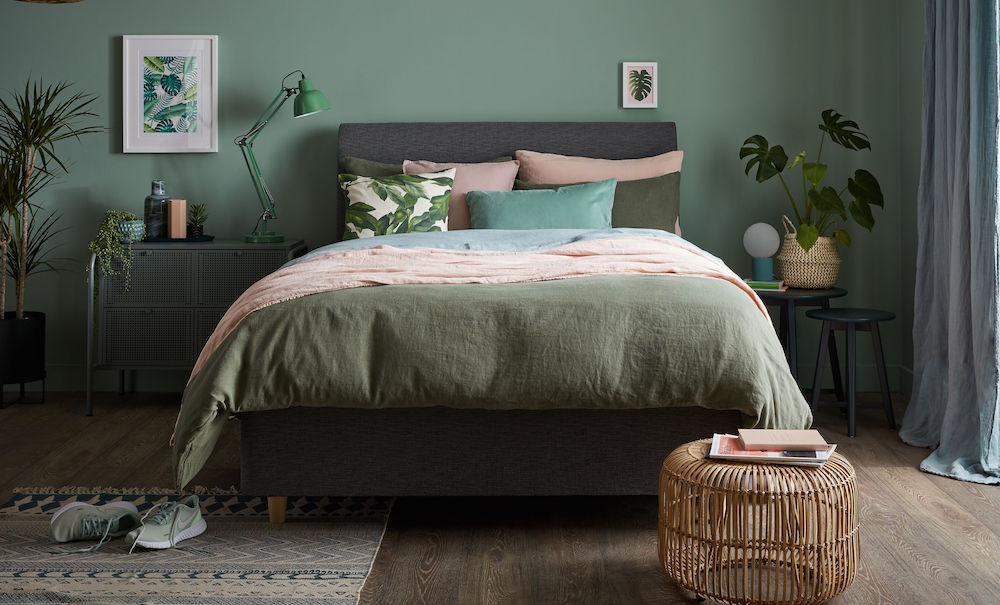
Image credit: Silentnight Group
AS: Has it been proven that there is off-gassing by using non-natural materials?
AM: I recently had a call with leaders from the bed industry and we are looking at how to move the industry forward for the societal good. In terms of foam, I have completely changed my view. I initially thought that it may be durable but it is an oil-based product. However, I have now realised, due to the work that Hannah has done, that the mattress is a sustainable option because it just lasts so long. And, at end of life, synthetics are very easy to recycle over the natural materials that, while they are compostable, there is no infrastructure in place to recycle so they are unfortunately going into landfill. The reason why polyester is such a valuable material is that it is arriving as someone else’s’ waste and is approved by the Global Recycled Standards (GRS). In five years, I believe that every mattress material will be able to be recycled, at scale!
“We were finding that many mattresses were passing durability tests in the lab and yet failing in real life scenarios.” – Hannah Shore, Sleep Expert, Silentnight Group.
HK: How do Silentnight test their latest products?
HS: Let me introduce you to Robbie, he is our climate machine who was created as a result of a widespread research collaborations between ourselves, universities and institutions. He heats up to about 75 per cent humidity. We did a bit of research under the duvet, creating our own microclimate. Using Robbie, we can apply heat and moisture in different ways. We can manipulate the settings to match realistic climates in the bedroom. We were finding that many mattresses were passing durability tests in the lab and yet failing in real life scenarios. If you add heat and moisture, as you would have in a real setting, then the fibres were collapsing more. As a result, that can decrease the lifespan of a mattress by up to 30 per cent. So, although we test everything in the lab, we also use Robbie as an in-depth testing method. Another way we can use Robbie is to measure how quickly that heat and moisture goes through the different layers of the mattress. The key finding we found was that the heat and moisture management was in the top five centimeters of the mattress.
Daniel Englender: When it comes to sleep performance, I think everyone has been interested in the science over the last few years especially. What I am interested in understanding more about is the on-going maintenance of the mattress, as in how much they need to be turned etc?
AM: Our learning has been that in a hotel environment it has be easy care and there are a few things to consider. A lot of mattresses these days can come single-sided, so that you don’t have to think or worry about ‘turning’ the mattress continually – and again, that’s where foam really rates highly.
On the other side, the piece of kit that Hannah referred to has allowed us to completely reinvent our fibre specifications. Some of the innovation in the polyester front has been, instead of just horizontally laying fibres, we can now vertically lap them so that they mimic foam more. It ensures that fibres are more long-lasting. From all of this, my conclusion would be that single-sided mattresses are best suited for hotels because you can put more on the top.
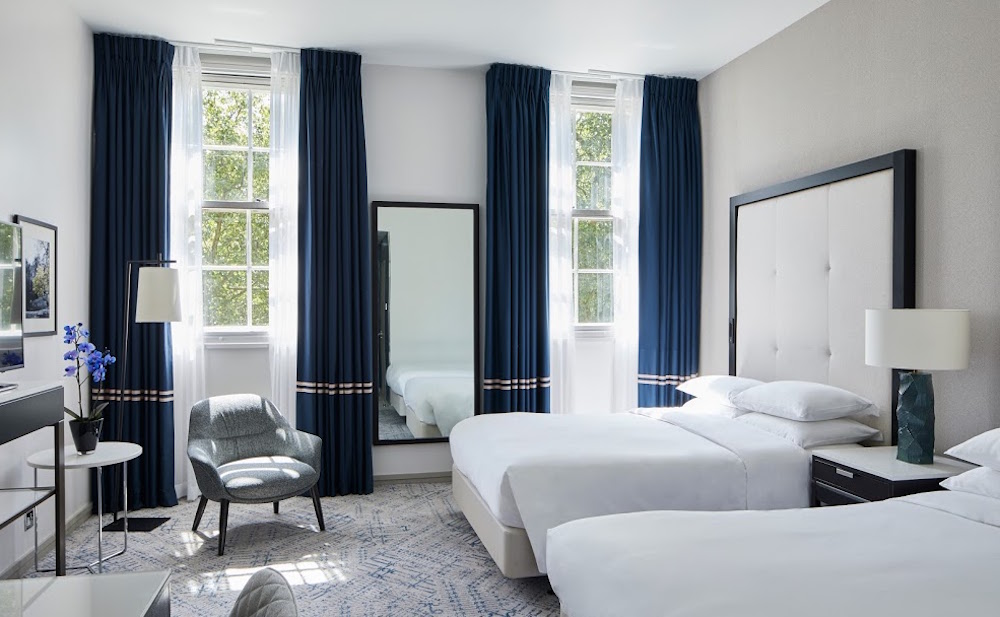
Image credit: RPW Design/Marriott International
DE: What’s the magic formula for a zip and link bed to feel like a regular mattress?
David Lawrenson (Sales Director, Silentnight Group): It’s interesting because the zip on a zip-and-link product is a hugely contentious topic in the hospitality industry. Depending on where you have the zip, it can cause the materials to separate and if it is too high up then it becomes uncomfortable for the user. We are working on new technology and products that offer a solution.
“Interestingly for us to fall asleep, our core temperature needs to drop 1 degrees. A lot of people think that wrapping up warm and cosy is the answer, but science has exposed that to the be a myth.” – Hannah Shore, Sleep Expert, Silentnight Group.
HK: Hannah, in a recent article we published from you, you said that 75 per cent of Brits admit to not having good nights’ sleep. 30 per cent of those asked rated their sleep as ‘bad’ Why is this stat so high?
HS: We live in a 24-hour world at the moment where we don’t shut off with our phones and a zoom call never too far away. These scenarios emit a blue light, which is not conducive for sleeping. It depresses melatonin, which is fundamental for us to fall asleep. Something that I do mention in the article is ‘TLC’, and by that I mean temperature, lighting and comfort. Interestingly for us to fall asleep, our core temperature needs to drop 1 degrees. A lot of people think that wrapping up warm and cosy is the answer, but science has exposed that to the be a myth. Lighting is fundamental, and comfort is a big factor. There are lots of people who are not sleeping on the right mattress. From a hotel perspective, all you have to do is go onto the TripAdviser website to see the amount of comments that reference bad nights’ sleep.
HK: What are your clients’ thoughts, and concerns, when it comes to specifying the bed?
JK: Most of our clients are focused on providing a good sleep experience and it is beneficial to get repeat business. We are led by brand standards, when working for brands such as Radisson Blu and Hyatt, and these standards are generally very high.
HK: When it comes to lighting when talking about sleep performance, there is a lot a talk on circadian rhythm. Are there affordable products out there that offer a quality solution?
JK: I think the price will come down as products become wider developed. To be honest, it [circadian rhythm technology] is not something a lot of the brands who we work with are looking at the moment, but I think it is a very interesting concept. In 20 years alone, there have been a lot of innovations that started being only accessible for luxury brands with deeper pockets that has filtered down into other sectors of the market. So much technology has become widespread now.
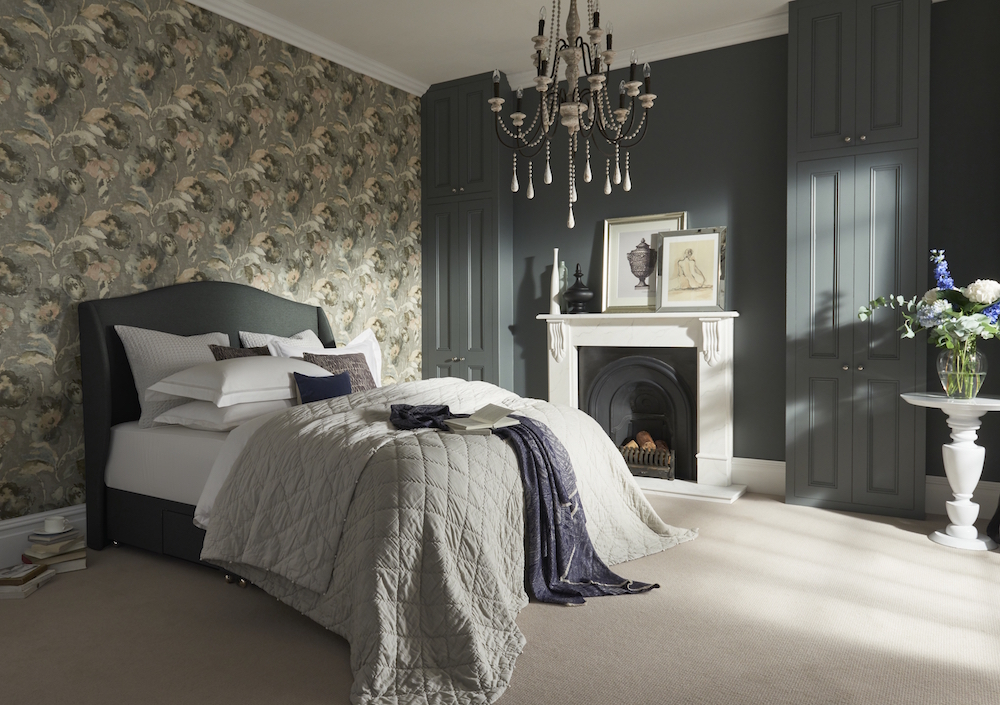
Image credit: Silentnight Group
AS: What is the single most element for good sleep, is it the mattress or is the pillow?
HS: You need to get a good combination of both. Both the mattress and the pillow contribute to your spinal alignment. Comfort is subjective – what one person finds comfortable, another will not. So, when we measure comfort, we try where possible lead with objective science. An important factor I look at is spinal alignment. Your mattress provides a lot of support, but if you sleep with the wrong pillow, this can affect your alignment in your neck and down your mid spine.
And that brings me on to talk about Zoning. Working with our partners, we were able to test for optimum spinal alignment. We looked at soft, medium and firm and there were differences. What is more important when looking at a large group of people of all different shapes and sizes to cater to is the zoned part of the mattress. If the centre-third of the mattress is slightly firmer it supports our hips and our lower back. That part of the body needs that little extra element of support. So, a well-zoned mattress with the right pillow is key for sleep performance.
FE: I think there could be an opportunity there. We all remember the days of pillow menus. Ultimately, how do you. There are levels of comfort that you can customise, such as lighting and sound – and as a guest you can optimise your experience. But there are some elements in a room, like a mattress, you cannot customise.
EK: I think we need to bring the pillow menu back. If we are specifying an average mattress (depending on brand), then we can make the pillow the individual differentiator that I had not necessarily thought of.
JK: Does the base and having a sprung base have any baring?
AM: Yes, because it affects the softness. Whatever you are specifying you should always try it on the base that is also being specified.
HK: How do you create a cosy and calm setting in bedrooms that are awkwardly sized?
JG: We’ve never been a company that really disrupts the conventional bed. It’s an element within the room that is generally based on comfort rather than appearance, depending on the hotel. In awkward spaces, it’s about trying to sprit back to the bare minimum so that you can have a bed that doubles up to be a bedside table. It’s about making these spaces easy to navigate. For mid-level brands, it’s about getting the basics right such as full black-out curtains. These are the annoying details that end up on trip advisor if not thoughtfully implemented.
FE: Space has become a premium these days and I think it’s important to draw out the important elements of the design and try to inject them in first. We are constantly trying to figure out new ways to utilise the space without compromising on comfort and experience.
Silentnight Group is one of Hotel Designs’ recommended suppliers. To keep up to date with their news, click here. And, if you are interested in becoming one of our recommended suppliers, please email Katy Phillips by clicking here.


